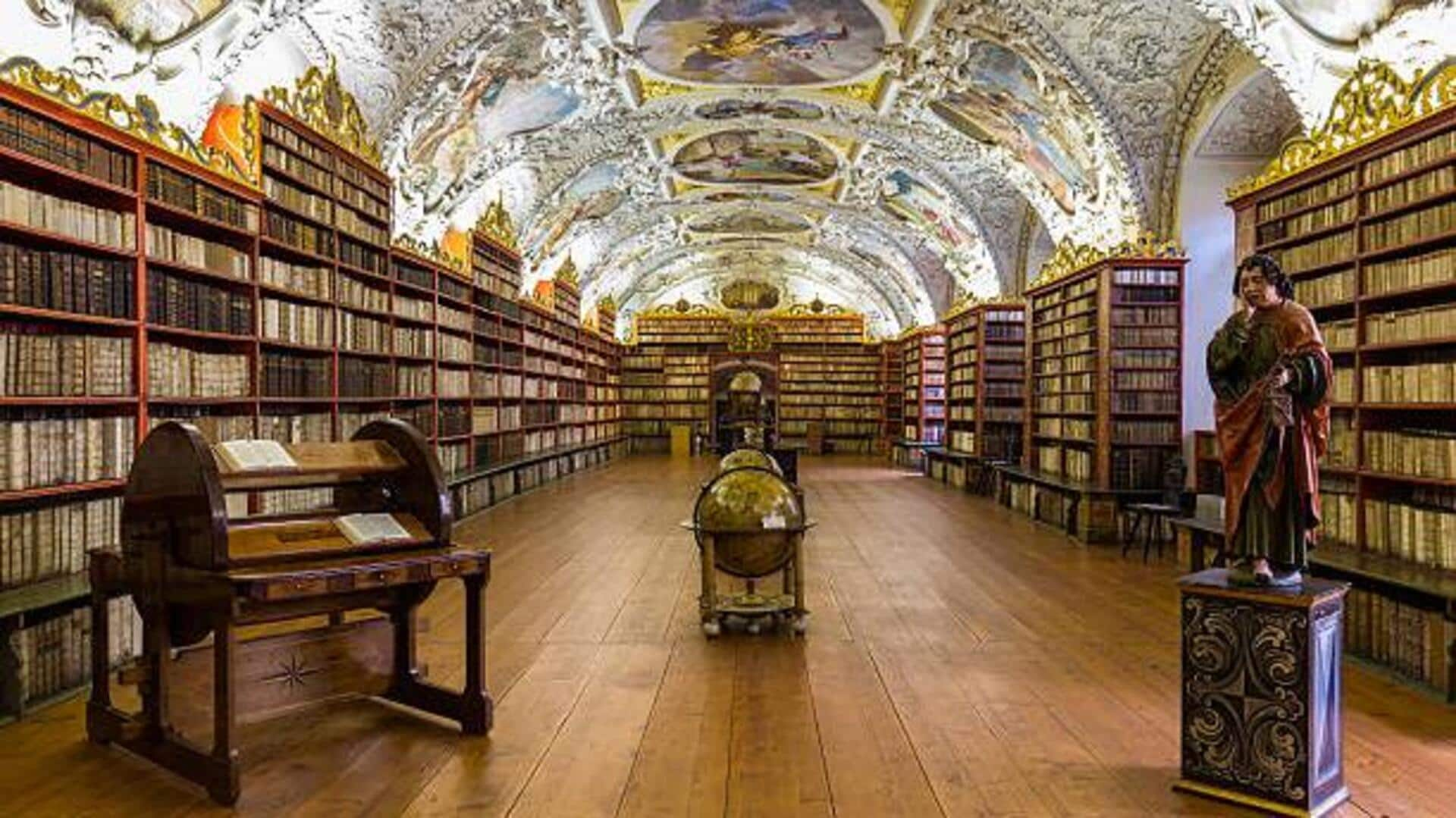
These medieval artworks are worth exploring!
What's the story
Medieval frugal artworks, largely less known than their grandiose counterparts, offer a fascinating glimpse into the past. Crafted with little, they reflect the creativity and resourcefulness of the era. These hidden gems, spread across the world, provide glimpses into medieval culture. For art lovers and history buffs, unearthing these treasures is an enriching experience.
#1
Explore the intricacies of manuscripts
Medieval manuscripts are a testament to the skill and patience of their creators. Often adorned with intricate illustrations and calligraphy, these works were crafted using simple materials like parchment and ink. Libraries across Europe house collections of these manuscripts, offering a window into medieval thought and artistry. Visiting such libraries lets one appreciate the detailed work that went into preserving knowledge during this period.
#2
Uncover unique frescoes in remote chapels
Remote chapels often conceal stunning frescoes painted by local artists in medieval times. These artworks capture religious scenes or daily life, using natural pigments on plaster walls. While they aren't as famous as those in bigger cathedrals, they provide an authentic insight into regional styles and techniques. Exploring rural areas can lead to unexpected discoveries of such frescoes that have stood the test of time.
#3
Discover sculptures in lesser-known museums
Many small museums around the world house medieval sculptures that showcase both religious themes and everyday life from centuries ago. Carved out of wood or stone, these sculptures reveal so much about societal values and artistic trends of their time. Visiting lesser-known museums gives a chance to witness these works up close, without crowds of major institutions.
#4
Visit historic sites with architectural details
Historic sites often feature architectural details that are frugal artworks in themselves—carvings on doorways or decorative elements on buildings made from locally sourced materials like wood or stone. These details highlight how artisans used what was available to them creatively, while also contributing to their community's cultural heritage.
#5
Attend local exhibitions showcasing medieval artworks
Local exhibitions often showcase collections dedicated to medieval frugal artworks, curated by historians enthusiastic about the artistry of this era. Despite the limitation of resources back then, these exhibitions present a captivating sight in contrast to today's standard. They enable visitors to appreciate the creativity and ingenuity of medieval artists through a modern lens, making each piece all the more interesting.